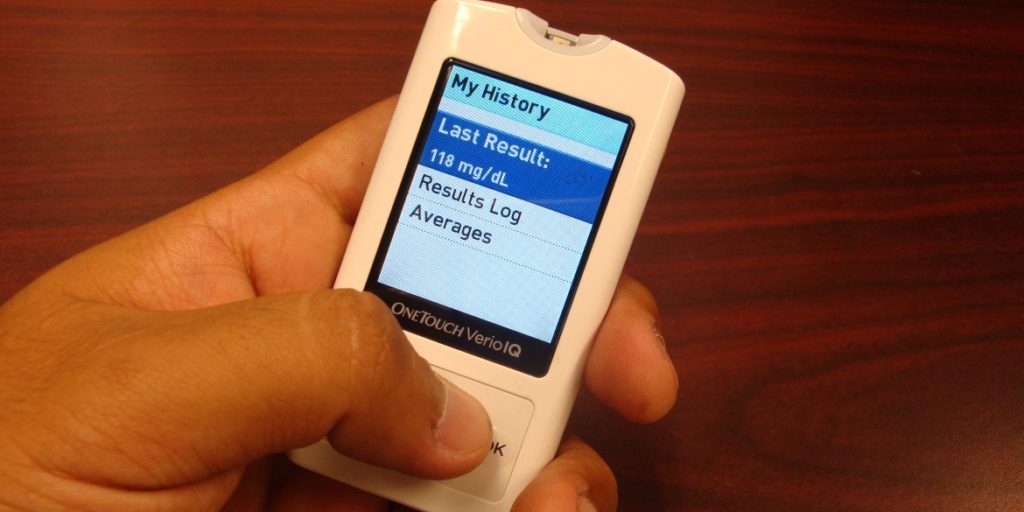Designing for Patients with Disabilities
This collaborative project with the FDA Human Performance Lab aims to evaluate hand-held design features and functions (button and screen size and shape, text size, hardware form and size) for patients with vision (diabetic retinopathy, cataracts, glaucoma, etc.) and mobility (arthritic, diabetic neuropathy, etc.) impairment. These diseases, although prevalent among chronic care patients and the elderly, are not taken into consideration during the design process, which leaves a significant portion of users unable to utilize patient self-management technologies to their full potential.
The study evaluates subject interaction with several combinations of form and function on existing glucometers using arthritis simulator gloves and diabetic retinopathy and glaucoma simulator glasses. We will use the findings of this study to inform FDA hand-held device design guidelines for users with disabilities with potential incorporation into regulatory approval mechanisms.
Designing for Patients with Disabilities Read More »

